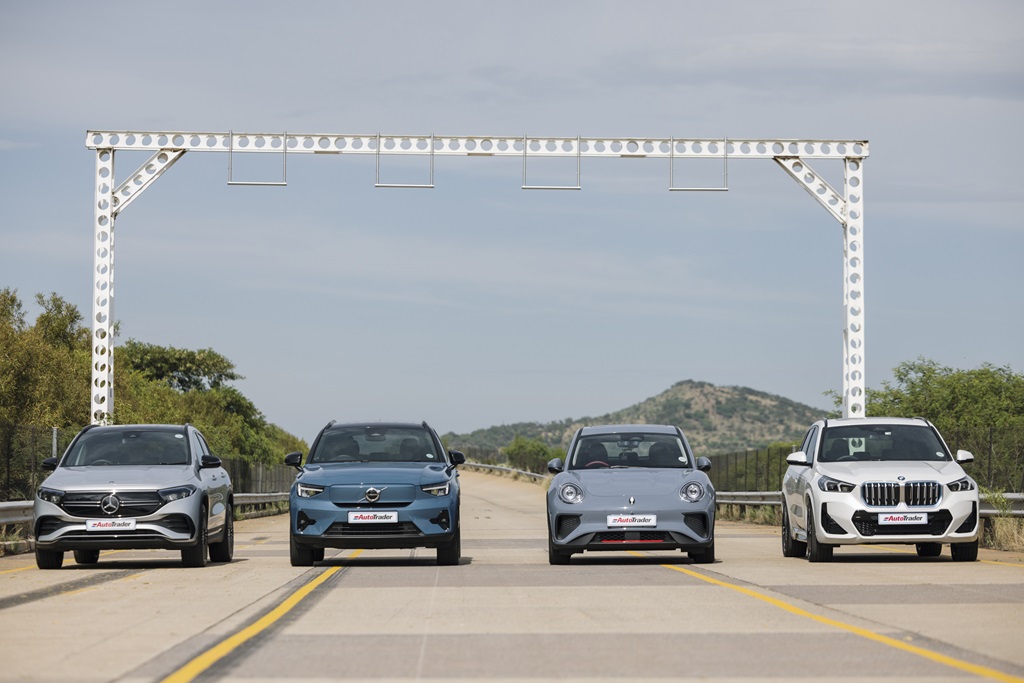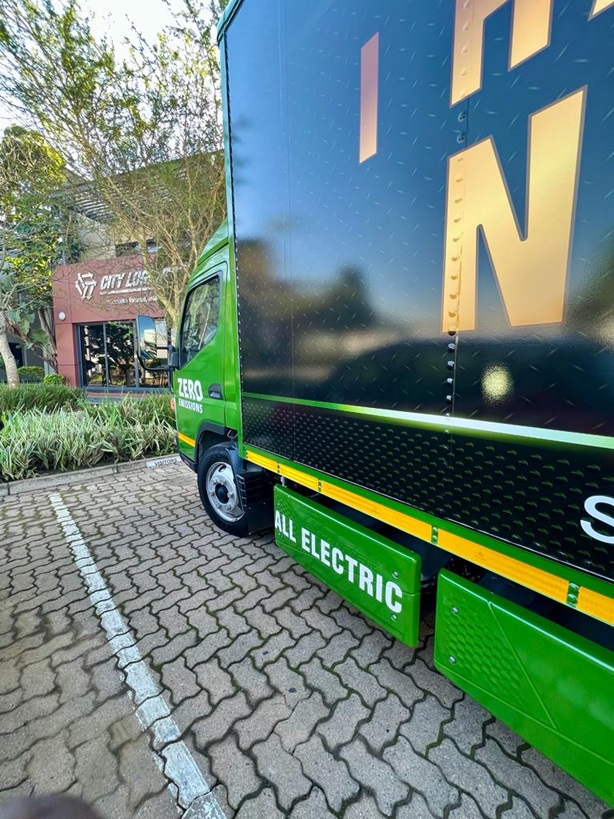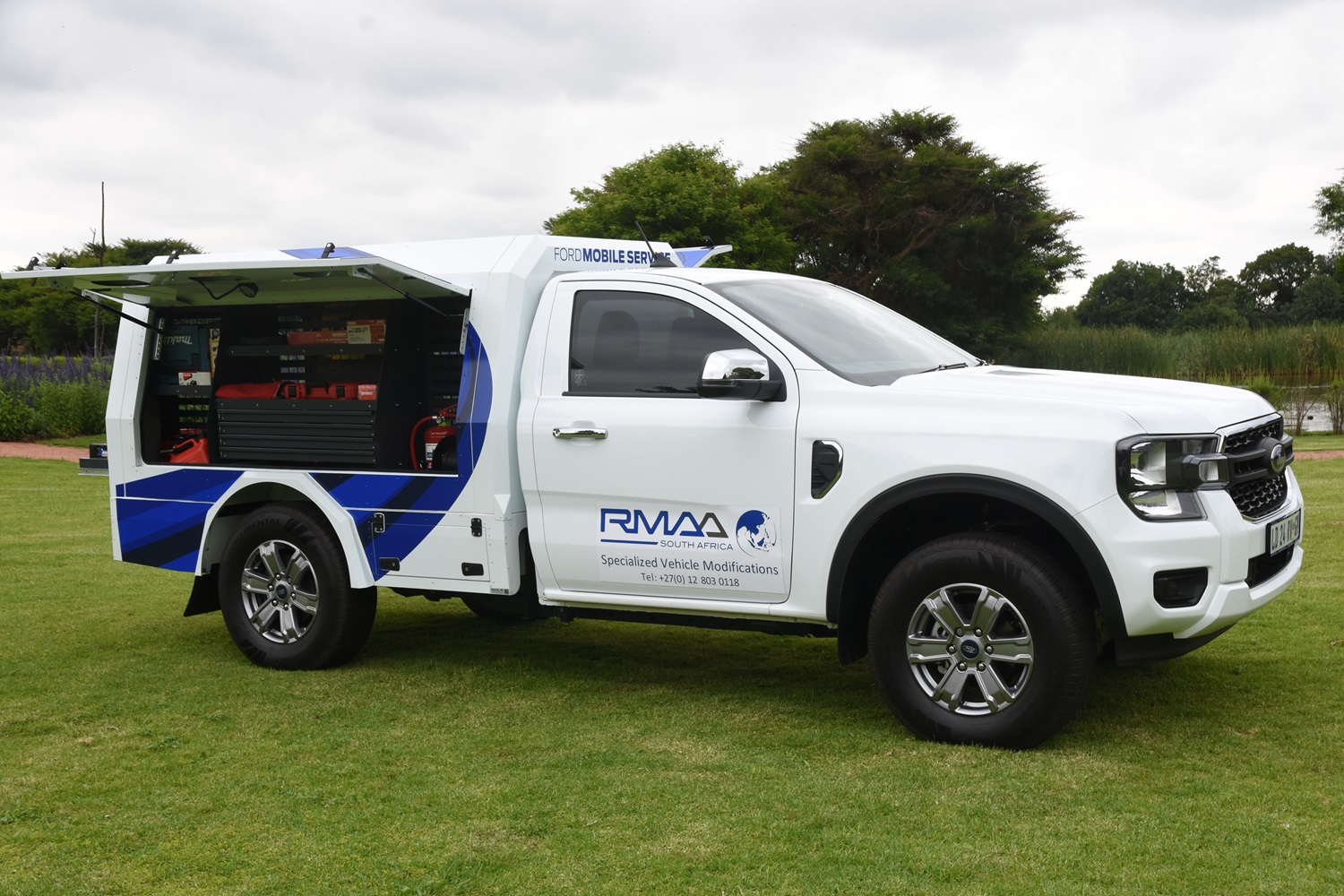The automotive benchmark in efficiency and comfort
The new S-Class will enter the local market in the fourth quarter 2017, with comprehensive new features. Among the highlights is an all-new and highly efficient engine range with a series of new technologies for electrification of the powertrain. Intelligent Drive takes another step towards autonomous driving. The S-Class is the undisputed leader in the premium segment, with regard to comfort and wellness and now sets new standards in the interior.
No less than three completely new engines have their debut in the new S-Class: Diesel and petrol variants of 6-cylinder in-line engines and a new V8 biturbo petrol engine. In addition, Mercedes-Benz plans a plug-in hybrid with an electric range of about 50 kilometres. At the same time, groundbreaking technologies such as the 48 volt Integrated Starter Generator and the electric booster compressor celebrate their world première.
Powertrain: new engines with landmark technology
Mercedes-Benz S 450 (combined fuel consumption: 6.9 l/100 km; combined CO2 emissions: 157 g/km): The new, systematically electrified in-line six-cylinder comes to the starting line in two output levels. The S 450 develops 270 kW and 500 Nm of torque.
The significant power increase of the six-cylinder petrol engines to the level of the previous eight-cylinder units is also reflected in the model designations: The models with the new six-cylinder engines now therefore bear the designation S 450.
Mercedes-Benz S 560 (combined fuel consumption: 8.2 l/100 km; combined CO2 emissions: 186 g/km) and Mercedes-Maybach S 560 (combined fuel consumption: 8.8 l/100 km; combined CO2 emissions: 198 g/km): The new V8 comes to the starting line with 345 kW and 700 Nm. The biturbo engine is among the most economical V8 petrol engines in the world, and consumes about ten percent less fuel than the eight-cylinder predecessor model. To lower the fuel consumption, four cylinders of the new V8 are deactivated simultaneously under partial load with the help of the CAMTRONIC valve-lift adjustment system. This reduces the pumping losses while improving the overall efficiency of the remaining four cylinders by shifting the operating point towards higher loads. The turbochargers positioned in the V of the cylinder banks represent another special feature.
Mercedes-Benz S 600 (combined fuel consumption: 11.6 l/100 km; combined CO2 emissions: 270 g/km: The top-of-the-line Mercedes-Benz is the V12 with 390 kW and 830 Nm. The new twelve-cylinder engine in the Mercedes-Maybach S 650 delivers 463 kW and a maximum torque of 1000 Nm (combined fuel consumption: 12.7 l/100 km; combined CO2 emissions: 289 g/km).
Mercedes-AMG S 63 (combined fuel consumption: 8.9 l/100 km; combined CO2 emissions: 203 g/km): For superior performance with significantly reduced fuel consumption, the AMG 4.0-litre V8 biturbo engine with cylinder deactivation replaces the previous 5.5-litre V8 biturbo. Despite a lower displacement, the new engine generates 450 kW. The Mercedes-AMG S 65 is equipped with a twelve-cylinder engine developing 463 kW and 1000 Nm (combined fuel consumption: 11.9 l/100 km; combined CO2 emissions: 279 g/km).
The most powerful diesel car in Mercedes-Benz history:
In the Mercedes-Benz S 350 d (combined fuel consumption: 5.4 l/100 km, combined CO2 emissions: 139 g/km) and S 400 d models (combined fuel consumption: 5.6 l/100 km, combined CO2 emissions: 147 g/km), the new six-cylinder in-line diesel engine is being premiered in two output classes with 210 kW and 600 Nm and 250 kW and 700 Nm. Although the output has increased noticeably compared to the preceding model, the new engine consumes up to seven percent less fuel. The special traits of the top-of-the-line engine in the diesel family include the stepped-bowl combustion process, two-stage turbocharging and, for the first time, the use of CAMTRONIC variable valve-lift control. Its design features a combination of aluminium engine block and steel pistons as well as further improved NANOSLIDE® coating of the cylinder walls.
The new six-cylinder diesel engine is designed to comply with future emissions legislation (RDE – Real Driving Emissions). All the components of relevance for efficient emissions reduction are installed directly on the engine. The integrated technology approach combining the new stepped-bowl combustion process, dynamic multi-way exhaust-gas recirculation and near-engine exhaust-gas aftertreatment, for the first time combined with variable valve-lift control, makes further reduced consumption with low emissions possible. Thanks to the near-engine insulated configuration, exhaust-gas aftertreatment has low heat loss and extremely favourable operating conditions.
Overview of the petrol models
| S 450 | S 560 | S 600 | Maybach S 650 |
AMG S 63 |
AMG S 65 |
|
| Number of cylinders/ arrangement |
6/in-line | 8/V | 12/V | 12/V | 8/V | 12/V |
| Displacement (cc) | 2987 | 3982 | 5980 | 5980 | 3982 | 5980 |
| Rated output (kW) | 270 | 345 | 390 | 463 | 450 | 463 |
| Rated torque (Nm) | 500 | 700 | 830 | 1000 | 900 | 1000 |
| Combined fuel consumption (l/100 km)[1],[2],[3] | 6.9 | 8.2 | 11.6 | -/-/12.7 | -/8.9/- | 11.9 |
| Combined CO2emissions(g/km)1,2,3 | 157 | 186 | 270 | -/-/289 | -/203/- | 279 |
| Acceleration 0-100 km/h (s)2,3 |
5.1
|
4.7
|
4.6 | 4.7 | 3.5 | 4.2 |
Overview of the diesel models
| S 350 d | S 400 d | |
| Number of cylinders/arrangement | 6/in-line | 6/in-line |
| Displacement (cc) | 2925 | 2925 |
| Rated output (kW) | 210 | 250 |
| Rated torque (Nm) | 600 | 700 |
| Fuel consumption (l/100 km)[4],[5],[6] | 5.4
|
5.4
|
| CO2 emissions(g/km)4,5,6 | 139 | 139 |
| Acceleration 0-100 km/h (s)5,6 | 6.0 | 5.4 |








































